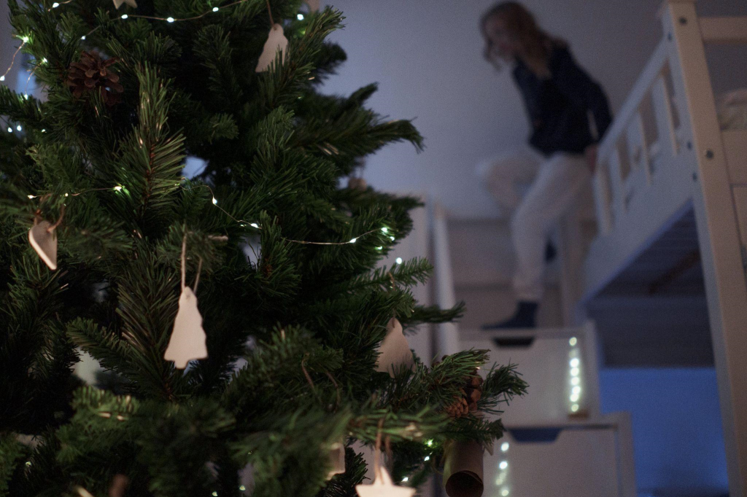How Artificial Christmas Trees Benefit Honey Bees
Are Artificial Christmas Trees eco-friendly? They might not be natural, but they significantly impact honey bees and their habitats. The production of real Christmas trees often involves removing natural habitats and using pesticides that harm honey bees and other pollinators. On the other hand, artificial Christmas trees are reusable, and you can use them for years without worrying about their environmental impact.
Artificial Christmas trees reduce the demand for real trees, which benefits honey bee populations. Trees provide protective habitats for birds, insects, and animals, including honey bees. When natural habitats are destroyed, bees lose their homes, which affects their survival rate. Going artificial, you are helping reduce the destruction of natural habitats crucial to honey bees’ sustainability and survival.
A Look into the Queen Bee and Worker Bees’ Roles
There are different roles in a honey bee colony, and each bee plays a crucial part. The queen bee is the center of attention and is solely responsible for laying eggs. She can lay up to 2000 eggs daily and remains in the hive most of the time. The queen bee is also responsible for the colony’s scent to communicate.
The worker bees are responsible for maintaining the hive. They gather nectar, pollen, and water to make honey, their primary food source. They also help in the pollination process, which is crucial for the survival of other plants and trees. Young worker bees care for the eggs, larvae, and pupae, while the older ones act as guards and protect the hive from predators.
Honeybees play a crucial role in the ecosystem and agriculture industry. They pollinate crops that produce fruits, vegetables, and nuts, which feed people and animals worldwide. When honey bees thrive, so does our food supply. You are contributing to a healthy ecosystem and honey bee population by choosing to go artificial with your Christmas tree.
In conclusion, choosing an artificial Christmas tree can positively impact the environment, the ecosystem, and honey bees. It reduces the demand for real trees, which helps preserve natural habitats and avoids the use of pesticides that harm honey bees and other pollinators. Additionally, it is essential to understand the roles of the queen bee and worker bees in a honey bee colony and how they affect the food we consume. So, this holiday season, consider going artificial to help the environment and the honey bee population.

